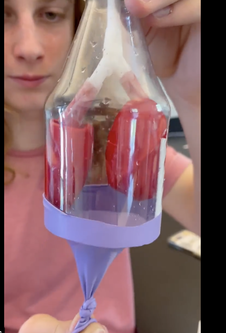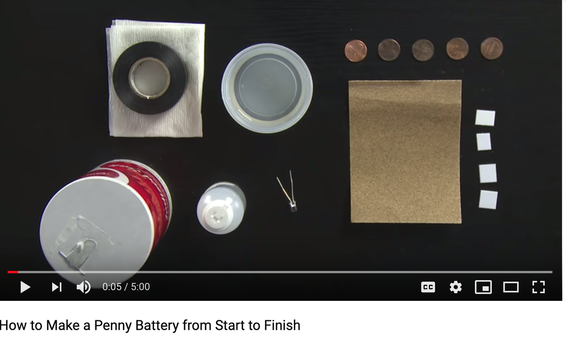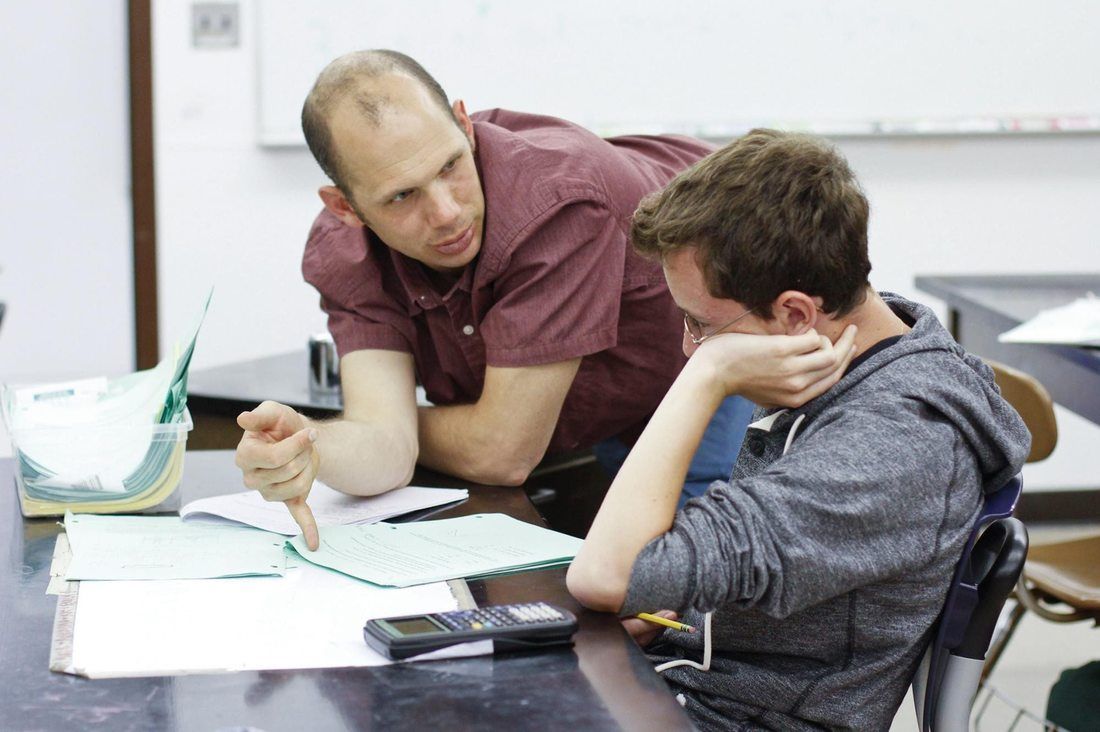|
|
|
This week I tried a new Boyle's Law activity where my students made a DIY lung system out of balloons, straws, and a plastic bottle. Upon conclusion of this activity, I leverage unused fetal pigs from biology class dissections earlier in the year to demonstrate how their DIY systems are similar to structures found in real organisms. Additionally, I discussed topics such as intubation, pulmonary surfactant, and complexities associated with the use of ventilators in treating advanced COVID. There are so many applications of the Ideal Gas Law and I am somewhat embarrassed that it has taken me 22 years of teaching chemistry to finally dive into relating gas behavior to the process we all do everyday, all day: breathing. See media taken from the past two days of class below.
As my first complete semester of 100% distance leaning comes to a close (last spring was triage at best), I wanted to share all of my resources for fellow STEM teachers. I am by no means proud or this work as my curriculum was cut significantly short as I negotiated the myriad of distance learning roadblocks I'm sure we all faced. Regardless, there are nuggets that I am proud of, and some you might (specifically, chem, bio, and robotics teachers) find useful if you dig around enough. I simply feel an obligation to share. Reach out here with ANY questions.
Chemistry Resources Biology ResourcesRobotics. Resources I was honored to give a presentation yesterday to colleagues in Utah on strategies to promote engagement in the sciences when teaching in a 100% distance learning setting.
Rather than share an exhaustive list og best practices (which are constantly evolving), I decided to give participants a snap shot of my current thinking on distance learning science pedagogy which is heavily informed by constant reflective practice. Click here for a link to a PDF of the presentation which features my top four current strategies. I am sure these will change...but sharing reflection and iteration, I feel, is very powerful. At least for me. And it's my blog. :)
If you are a high school or college science teacher teaching online right now, or an educator looking for ways to promote critical thinking, spacial reason, and computation thinking in the context of service to those impacted by the COVID-19 Pandemic, and encourage you to check out Foldit..
Foldit is a multiplayer game that empowers students to learn how to manipulate, and develop, various protein structures. Players progress through various levels where they learn, subtly, about protein folding, hydrophobic/hydrophilic side chains, and protein receptor interaction. Special "puzzles" have been developed that challenge users to develop proteins to be used as biological pharmaceuticals to bind COVID-19 Spike Protein. Top designs are actually synthesized and test for efficacy! Check out the below videos to learn more about Foldit!
I will be using Foldit in the following ways:
Pennies made after 1982 are ~ 95% zinc with a plated copper exterior. Thus, a penny contains two metals and can, if manipulated properly, be converted into a battery. See video below:
This video is LEGIT, and upon seeing it, my gut was to provide students with this video, the materials, and let them go at it as an introduction to our unit on energy in Biology class. (Mitochondria metaphor, etc.).
Then I remembered the research on curiosity! The goal is to intentionally withhold the IDEAL amount of information. Peak interest, but create suspense. Provide enough information as to not demotivate, but leave enough out as to keep the learner guessing. The below "inverted U" graph of Curiosity vs. Knowledge (knowledge confidence), provides a great visual. Inspect it carefully. Have all the info. Not curious. Have no info. Not curious. Withhold the ideal amount. Curious.
So, back to the initial activity. I fear that if I give students the above video, as awesome as it is, the activity will transition from science to "arts and crafts".
I fear that by providing the video, I will provide too much information, push students to the far right of the "inverted U" and minimize curiosity. DESPITE how engaging the activity is! The engagement lies not in the video quality, or the task, but the anticipation of what will happen. The frustration in not knowing exactly what will happen, or how to do it. The tension that is built when the instructor perfectly provides and withholds. The cognitive reward the learner receives when that tension is revealed. We all love solving riddles. This is the true "Call to Adventure". So here is what I'm going to do instead. Step 1: Tell students that electrons can flow spontaneously through a material when two different metals are connected through a conductive solution. Step 2: Tell students that pennies after 1982 are platted with copper. Step 3: Provide students with the exact materials shown in the screenshot from the video above. Include the video title "How to Make a Penny Battery from Start to Finish" in the below image as a strategy for pushing students directly under the "inverted U" shown above.
Step 4: Challenge students to light the LED using only the materials provided in the above image. Remove internet privileges to ensure that information is strategically withheld and students do not look up the above video.
Step 5: Play the above video. Step 6: Treat this as the first two"Es" (Engage and Explore) in the 5E Learning cycle. Continue on with lesson. Etc., etc. |
Categories
All
Archives
March 2024
|




 RSS Feed
RSS Feed